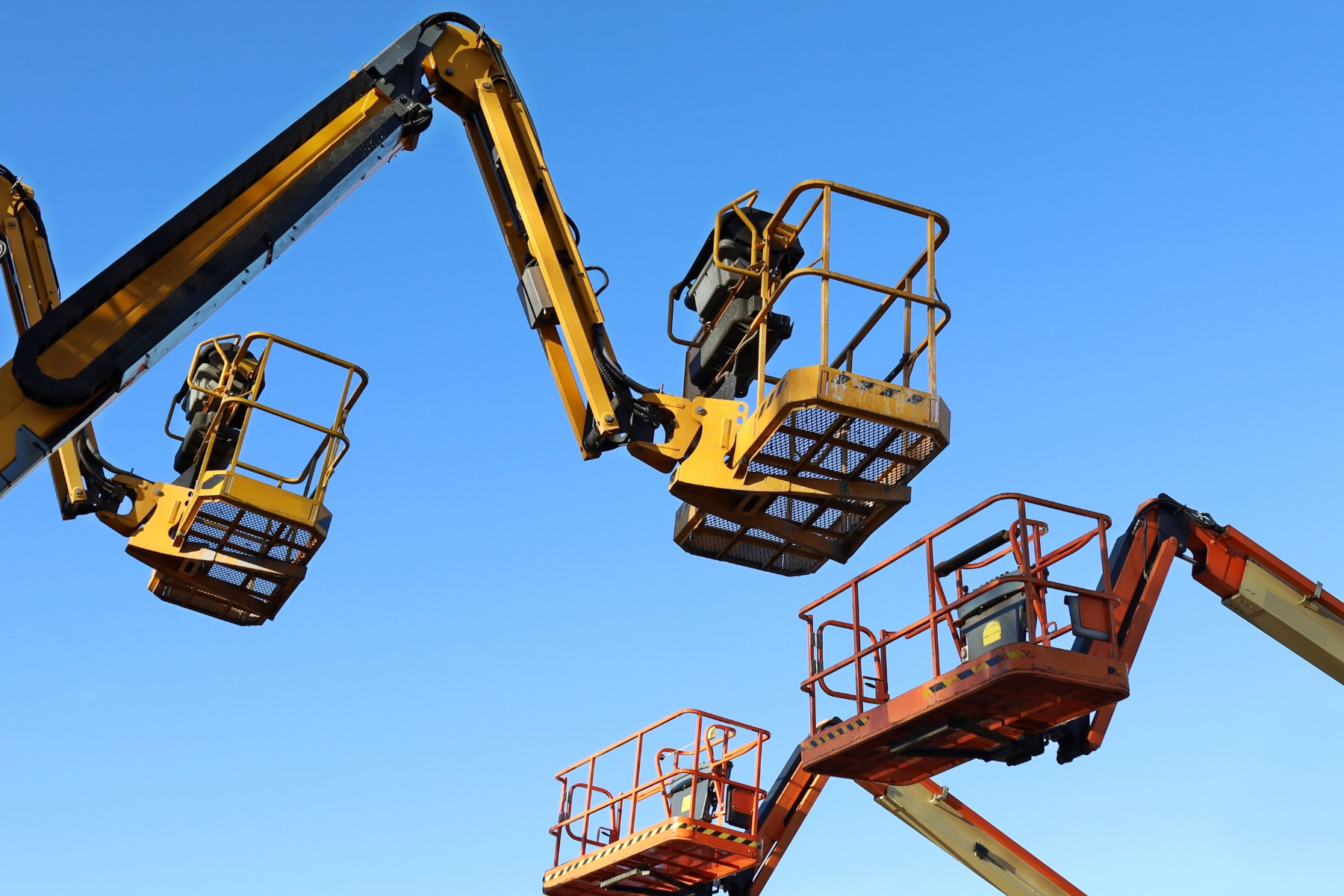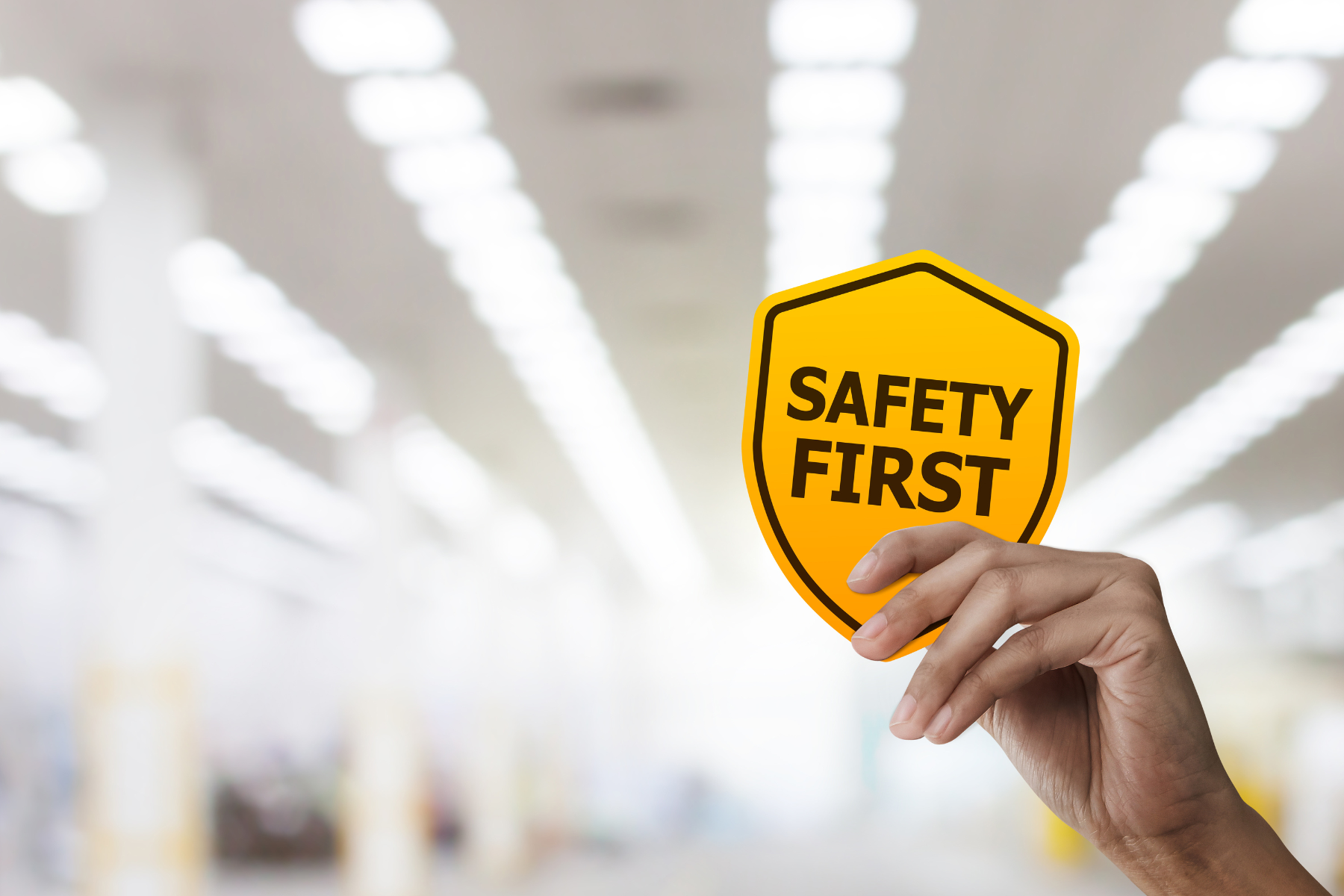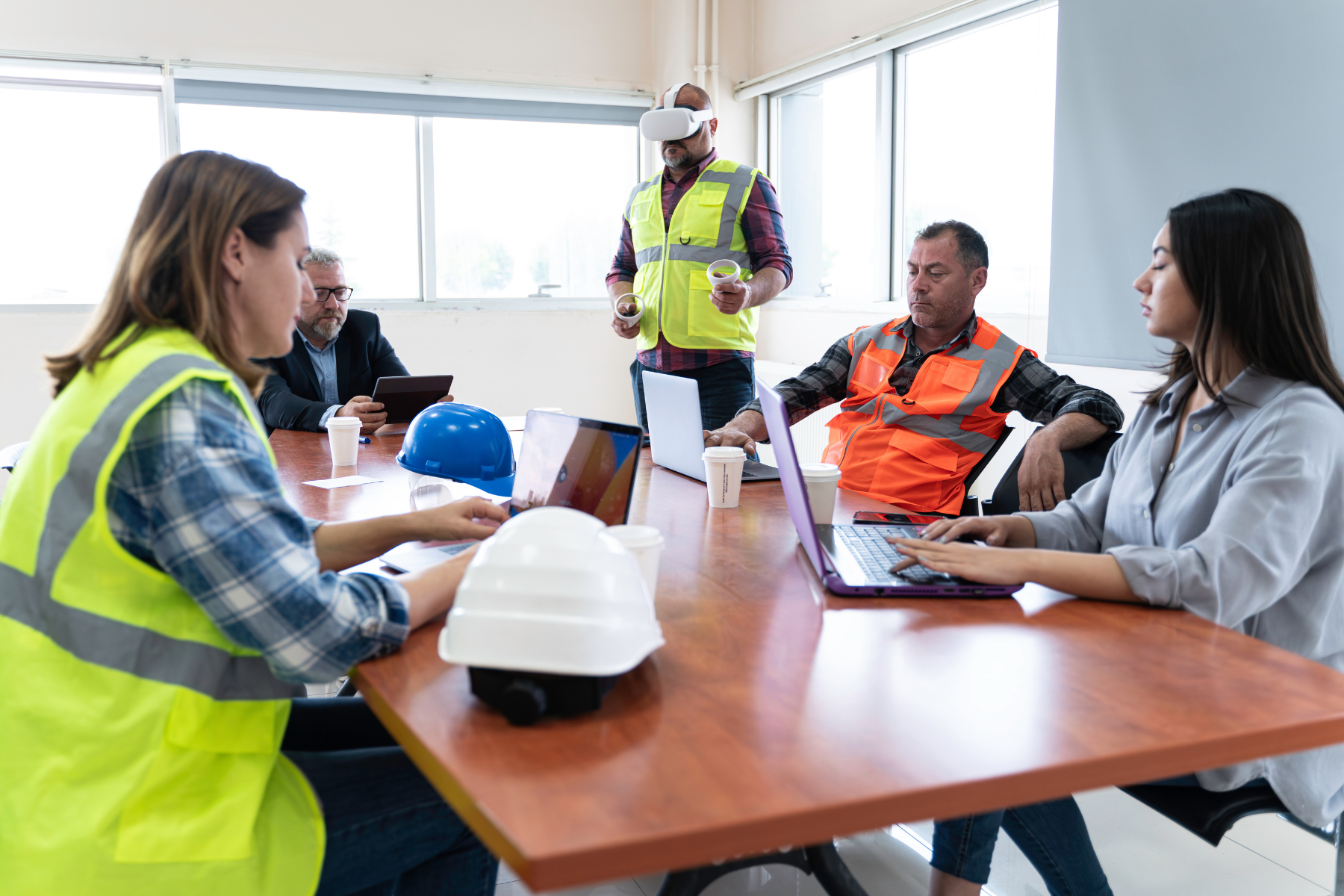Road construction sites represent high-risk work environments, requiring specific safety measures for both workers and road users. The dynamics of risk are due to the combination of heavy machinery, vehicular traffic and often unfavorable environmental conditions. Here are some key aspects to consider to ensure safety in these settings.
Risk planning and assessment
Proper road construction site planning must start with a detailed risk assessment, which takes into account multiple factors, such as the nature of the activities performed, interference with traffic, and the presence of any hazards from the surrounding environment (e.g., work on viaducts, embankments, or areas exposed to severe weather).
The risk assessment should include:
- Risks to workers (such as falls, handling heavy materials, exposure to chemicals)
- Risks to road users, especially near densely trafficked areas, where the risk of collisions increases
- Signage and traffic management
A critical aspect of safety at road construction sites is traffic management, which must be effectively separated from work zones. Construction site signage plays a key role: it must be clearly visible, properly placed, and updated in real time according to the phases of the construction site. Physical barriers, such as Jersey barriers, and the use of speed bumps or temporary traffic detour, help reduce interference between traffic and construction site activities.
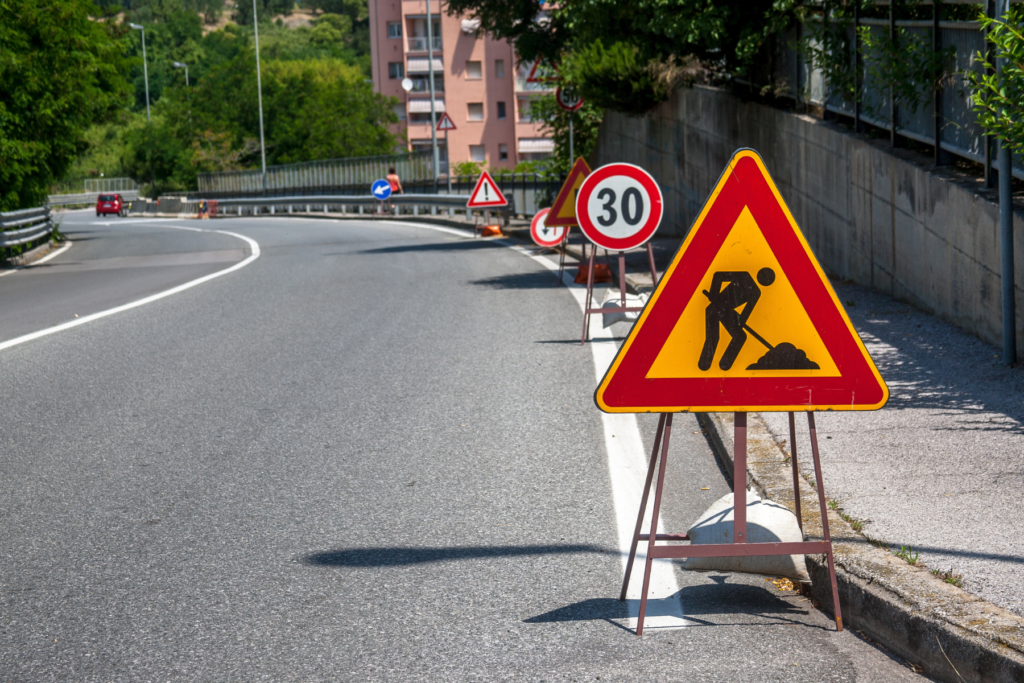
Education and training
One of the pillars of safety at road construction sites is staff training. Workers must be trained not only on the specific hazards associated with their work (use of equipment, working at heights, etc.), but also on emergency procedures in case of accidents. Traffic management workers must be trained to communicate properly with drivers and handle emergency situations effectively.
Personal Protective Equipment (PPE)
Personal Protective Equipment (PPE) is essential for the protection of workers. Among the most common on road construction sites are:
- Helmets to protect against impact and falling objects
- High-visibility vests to ensure that workers are easily detected by drivers, especially in low-visibility conditions
- Hearing protection needed when operating noisy machinery
- Safety shoes to prevent accidents while handling heavy materials.
Normative reference
Safety at road construction sites is governed by specific regulations, in particular Legislative Decree. 81/2008, which imposes the obligation to draw up an Operational Safety Plan (OSP) and a Safety and Coordination Plan (PSC). These documents identify the necessary prevention and protection measures for each phase of the construction site. In addition, the presence of a safety coordinator, who is responsible for the implementation of safety measures by all the companies involved, is mandatory.
Emergency Measures and First Aid
At a road construction site, it is essential to provide adequate emergency measures. Workers must be trained in the procedures to follow in case of accidents or dangerous situations, and first aid kits must be available near work areas. Escape routes must be clearly marked and easily accessible in case of emergency evacuation.
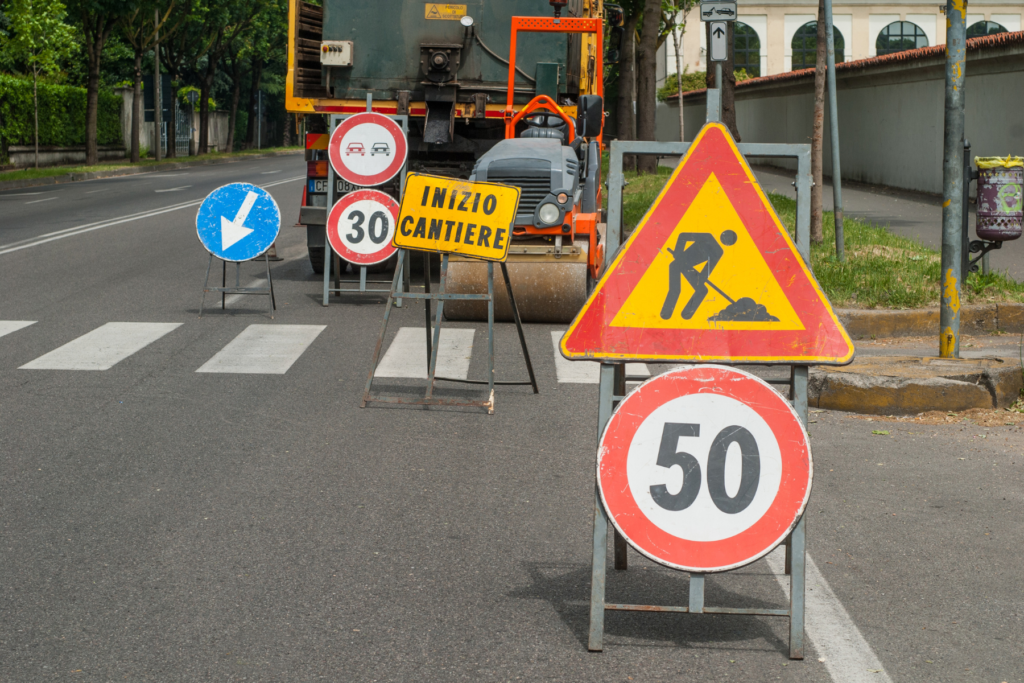
Construction site safety technologies
The introduction of innovative technologies can significantly improve safety at road construction sites. The use of remote monitoring systems makes it possible to control the movements of vehicles and people within the construction site, reducing the risk of accidents. Some companies are experimenting with the use of drones to monitor work areas and detect potential hazards in real time.
Safety on road construction sites requires constant effort and judicious management of operational phases. The key to reducing risks is to combine proper work planning, the use of appropriate PPE, ongoing staff training and the application of advanced technologies. Only with a coordinated approach and a culture of prevention can a safe and secure environment be ensured for both workers and the public.
For more details, see the following documents:

